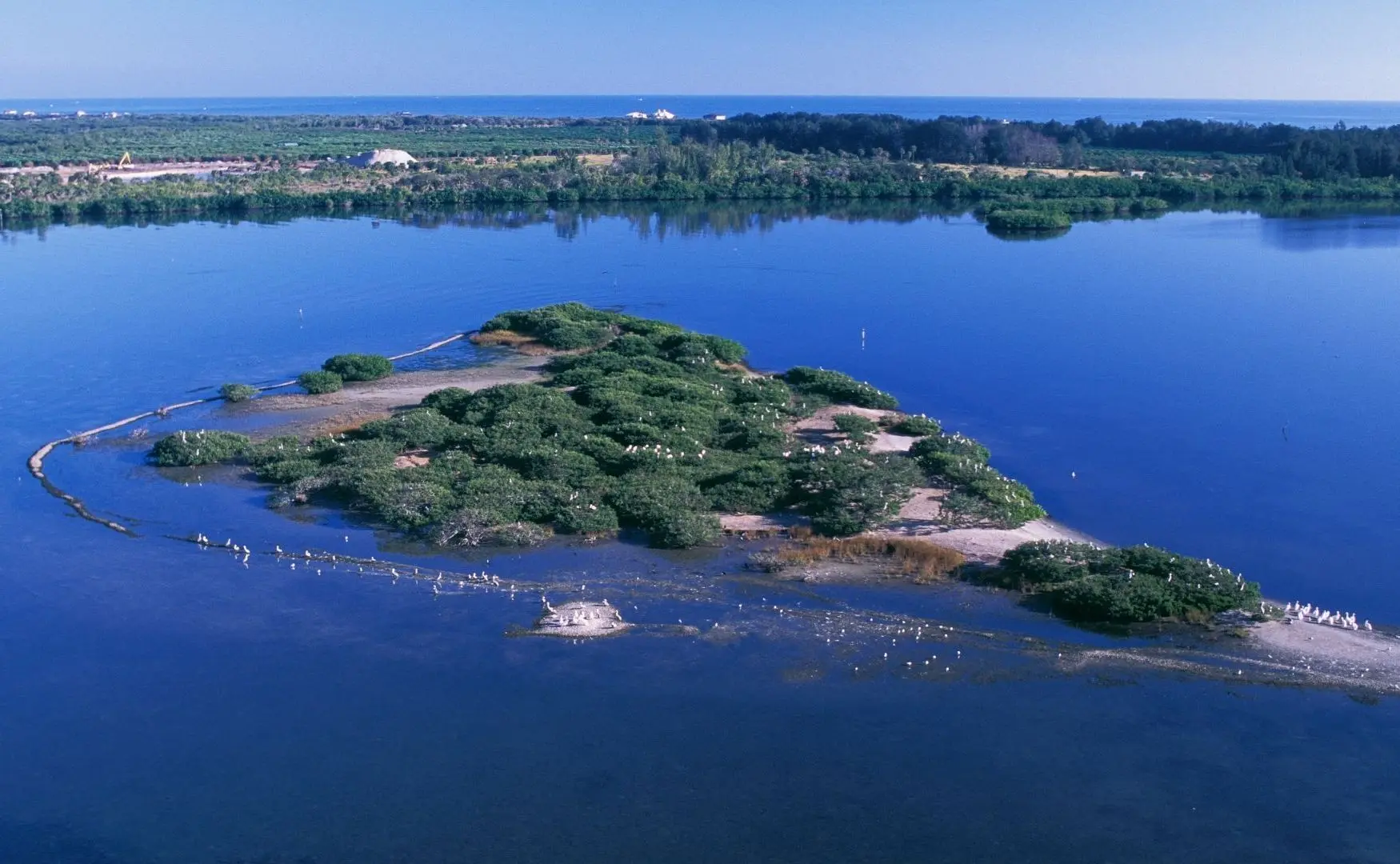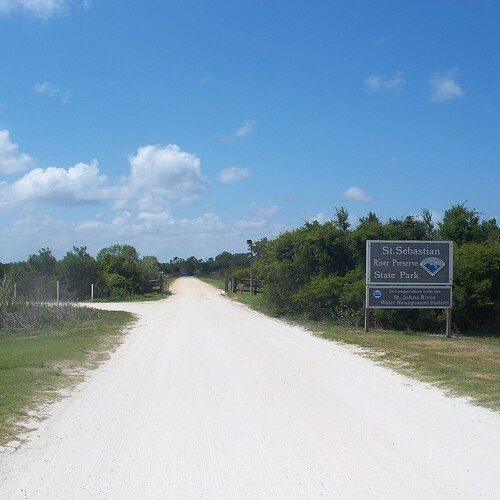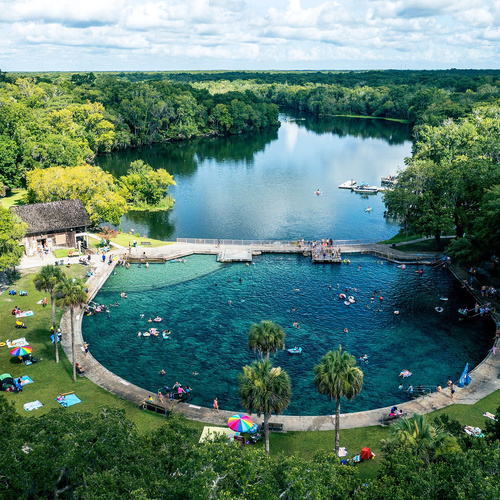




Pelican Island National Wildlife Refuge offers a serene and enriching experience that highlights the importance of conservation. As the first federal wildlife refuge in the United States, it carries historical significance and showcases a variety of native bird species in their natural habitat. The refuge’s peaceful environment allows visitors to immerse themselves in nature, with opportunities to spot brown pelicans, herons, and other waterbirds. Its mangrove islands and estuarine waters provide a unique coastal ecosystem rarely found elsewhere. Whether paddling through calm waters or enjoying quiet observation, visitors leave with a deeper appreciation for wildlife preservation and natural beauty.
Pelican Island National Wildlife Refuge is a unique coastal habitat consisting of mangrove islands, estuarine waters, and salt marshes. The landscape offers visitors a tranquil experience amid diverse ecosystems supporting a variety of wildlife species. Visitors can observe large rookeries filled with nesting brown pelicans, herons, egrets, and other shorebirds. The refuge’s waters are home to fish, crustaceans, and aquatic plants, making it a vital nursery for marine life. Canoeing and birdwatching are popular activities, with designated trails and observation platforms providing excellent vantage points. The natural beauty and ecological significance make it a perfect destination for nature enthusiasts and photographers alike.
Pelican Island National Wildlife Refuge was established in 1903 by President Theodore Roosevelt, making it the first federal bird reservation in the United States. This pioneering action marked the beginning of the National Wildlife Refuge System, created to protect native birds and their habitats from over-exploitation. The refuge provided sanctuary primarily for brown pelicans and other wading birds, which were threatened by plume hunters at the time. Over the years, it has grown in importance as a critical breeding ground for a wide variety of waterbirds. Today, it stands as a symbol of early conservation efforts and ongoing commitment to wildlife protection. The refuge also holds cultural significance for local communities and environmentalists alike, illustrating the balance between human activity and natural preservation.





https://ebird.org/region/USFWS_376

https://en.wikipedia.org/wiki/Pelican_Island_National_Wildlife_Refuge

https://floridabirdingtrail.com/trail/trail-sections/east-section/pelican-island-nwr/

https://marineprotectedareas.noaa.gov/aboutmpas/stories/pelicanisland.html

https://www.fws.gov/refuge/pelican-island

https://www.rayhennessy.com/blog/2017/4/8/pelican-island-national-wildlife-refuge-and-sebastian-inlet-state-park

https://www.tripadvisor.com/Attraction_Review-g34709-d260595-Reviews-Pelican_Island_National_Wildlife_Refuge-Vero_Beach_Florida.html

http://www.ournationalparks.us/south/pelican-island-nwr/pelican_island_refuge_relaxing_escape_from_reality/
Last Updated 7 days ago
Park and Trail conditions and information may change due to weather, seasons, and other factors. Always check Offical Sources for the most up-to-date information before visiting.
Found missing or invalid information? Let us know!